Shipping has been part of trade for thousands of years. Global trade has taken place for hundreds of years. Today, shipping and logistics play a part in everybody’s lives – it is said, that most people own something that has passed through the port of Shanghai.
Innovation and technology keep changing our world. Our customers’ world has changed from trade between a few markets to a globalized world where headquarters may be in one part of the world, production facilities in another and brands are sold everywhere. In this process, the shipping and logistics industries have become facilitators of trade – we create opportunities for our customers.
A.P. Moller - Maersk was established in 1904, in the midst of the second industrial revolution. The steam engine had replaced sail, the steel hull had replaced wood and the telegraph ensured fast communication between the customer and the shipping company. Soon after, the diesel engine enabled the design of larger vessel and even more regular services meeting the demands of industry; bringing raw materials to the factory and finished goods to the market.
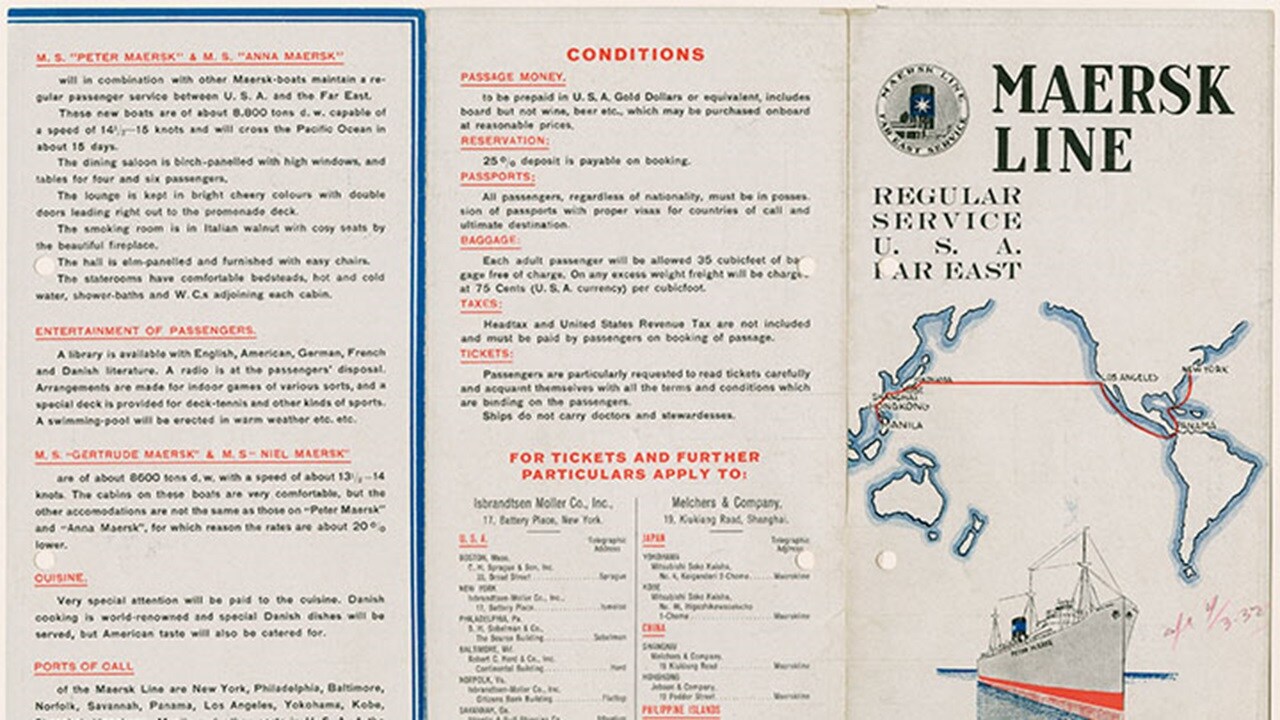
After 1945 and building on the growing world economy, Maersk Line resumed the original service between the USA and Asia and expanded in South East Asia, into the Middle East and West Africa, sometimes combining those with an around-the-world service.
The main trades of the world were dominated by the former colony powers, protecting their market shares from “cross-traders” – shipping companies like Maersk, opportunistically fighting into new geographies; from 1968 when Maersk Line entered the Asia-Europe trade.
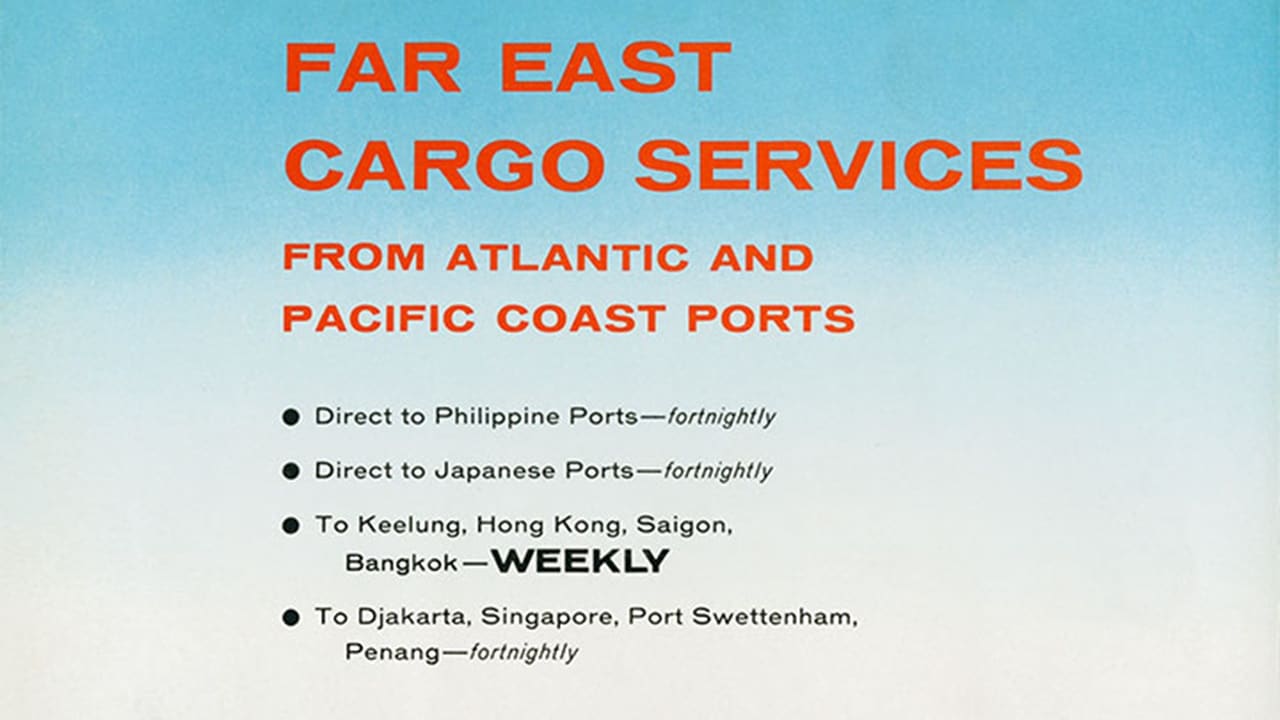
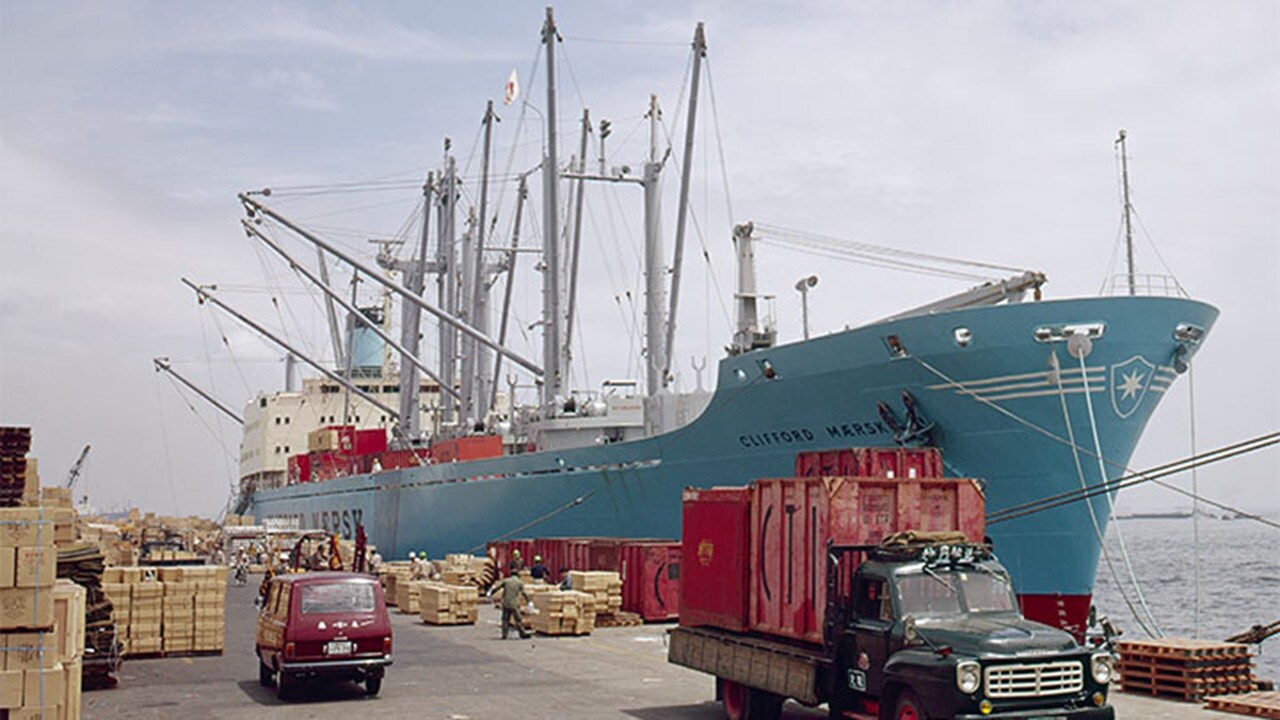
In 1966, when the first American 20-foot containers arrived in Europe and radical changes in the transport of goods were about to happen, the Maersk Line fleet consisted of 44 break-bulk cargo vessels. A few vessels were nearly 20 years old, most them bought in the 1950s and some less than five years old.
The container revolution expressed: the rule of thumb figure was that one container ship replaced five conventional vessels. That unprecedented efficiency was first introduced on the main markets (USA, Asia, Europe) and Maersk Line had to adapt. Based on customer requests, we made the decision to invest in cellular container ships, containers and equipment in 1973; the first containerized service was started in 1975.
When you look at the inventions or innovation of the last 100 years…the really low-tech invention of the container has done more for global trade than anything else.
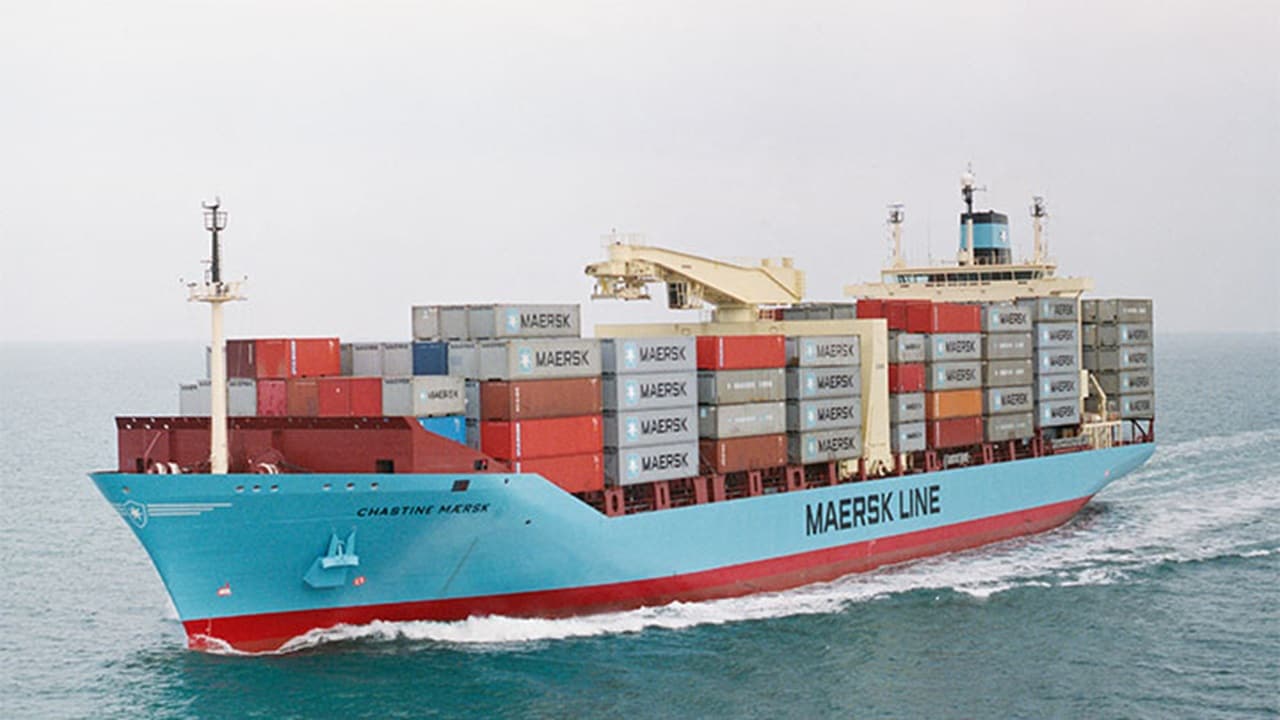
Today, our fleet of around 740 ships call 343 ports and terminals in 121 countries; on average, a Maersk container ship call a port every six minutes – somewhere in the world.
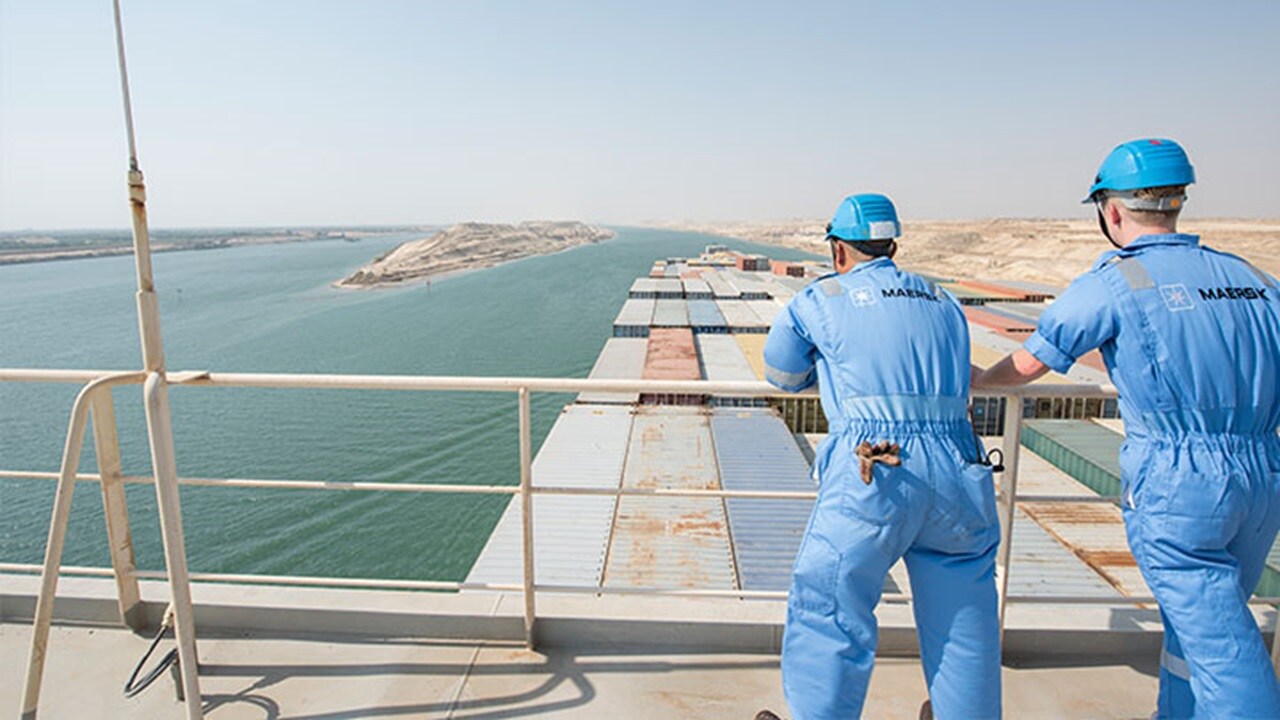
无论您需要什么,我们都可以随时为您提供帮助
I agree to receive logistics related news and marketing updates by email, phone, messaging services (e.g. WhatsApp) and other digital platforms, including but not limited to social media (e.g., LinkedIn) from A. P. Moller-Maersk and its affiliated companies (see latest company overview). I understand that I can opt out of such Maersk communications at any time by clicking the unsubscribe link. To see how we use your personal data, please read our Privacy Notification.
By completing this form, you confirm that you agree to the use of your personal data by Maersk as described in our Privacy Notification.